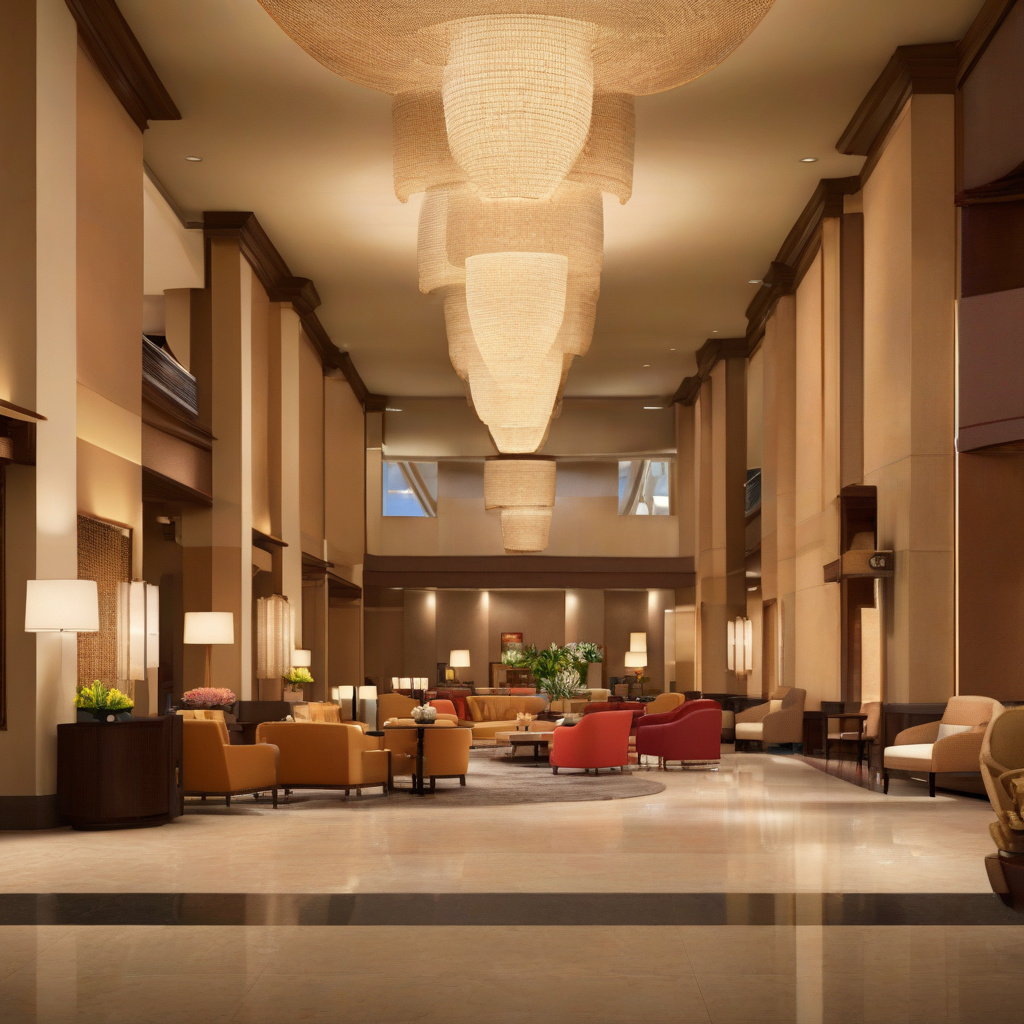Hospitality, Design, and the Art of Emotional Connection
Milan Design Week is not just about showcasing the latest trends in design; it’s also a platform for discussing the intersection of design, hospitality, and the emotional connection that ties them together. This year, BoF and Marriott International’s Luxury Group joined forces to host a panel discussion that delved into the evolving demands of luxury customers and the key to building brand staying power in 2025. The panel featured industry experts, including Marriott International’s president of luxury, Tina Edmundson, Dimorestudio co-founder Britt Moran, and BoF’s founder and CEO, Imran Amed, who shared valuable insights that shed light on the future of luxury hospitality.
One of the central themes of the discussion was the importance of creating emotional connections with customers. In an era where luxury is no longer just about owning expensive things but about experiences and emotions, brands need to go beyond providing excellent service and amenities. Tina Edmundson highlighted the need for hotels to offer personalized experiences that resonate with guests on a deeper level. She emphasized that today’s luxury consumers seek authenticity and emotional engagement, and brands that can deliver on these fronts are the ones that will thrive in the future.
Britt Moran, the co-founder of Dimorestudio, brought a unique perspective to the conversation by emphasizing the role of design in fostering emotional connections. He stressed the importance of creating spaces that evoke feelings and memories, rather than just being aesthetically pleasing. According to Moran, design has the power to shape the way people experience and interact with a space, making it a crucial element in building emotional connections with guests.
Imran Amed, BoF’s founder, brought the discussion full circle by highlighting the need for brands to stay relevant and adapt to the changing demands of consumers. In an ever-evolving industry, where trends come and go, the key to long-term success lies in understanding what customers truly value and delivering experiences that exceed their expectations. Amed emphasized the importance of innovation, not just in terms of products and services, but also in the way brands communicate and connect with their audience.
The panel discussion at Milan Design Week served as a reminder that hospitality and design are not just about aesthetics and functionality; they are about creating meaningful experiences that leave a lasting impression on guests. In a world where luxury is defined by the intangible rather than the tangible, emotional connections have become the currency of the industry. Brands that can master the art of emotional connection will not only survive but thrive in the competitive landscape of luxury hospitality.
As we look ahead to 2025, it is clear that the brands that can combine exceptional service, thoughtful design, and genuine emotional connections will be the ones that stand the test of time. By understanding the evolving demands of luxury customers and staying true to their brand values, hotels can create experiences that resonate with guests on a deeper level, ensuring their loyalty for years to come.
#Hospitality, #Design, #EmotionalConnection, #LuxuryCustomers, #BrandStayingPower












